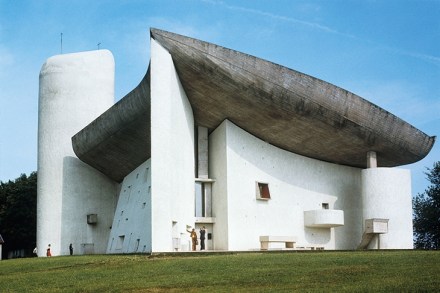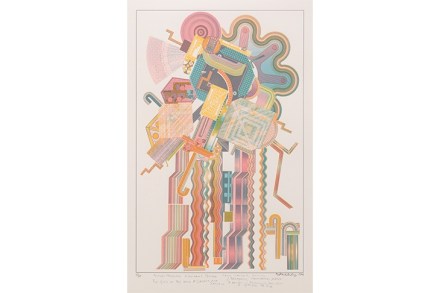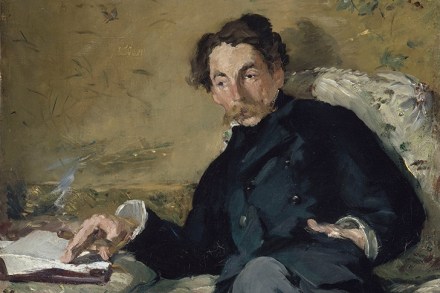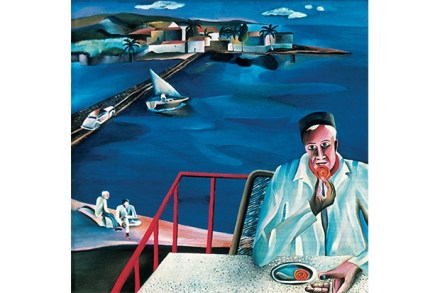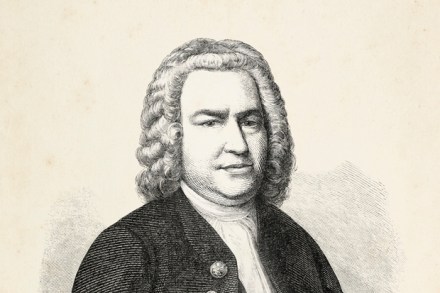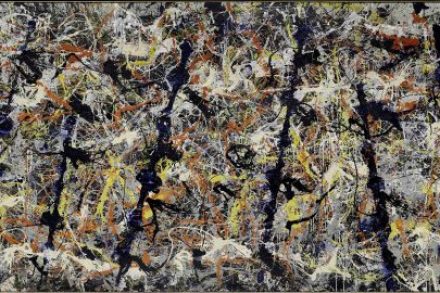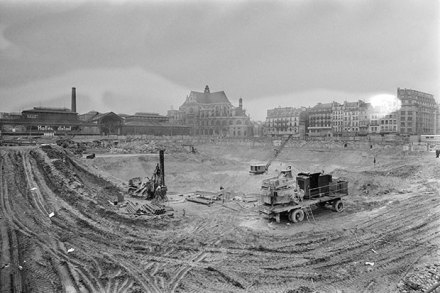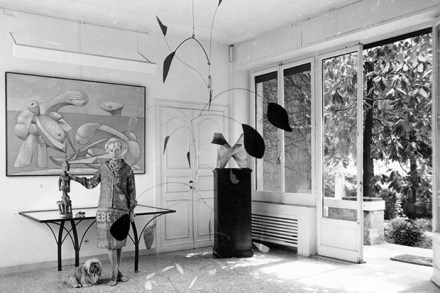Tall story
‘Everything is slow in Romania,’ said our driver Pavel resignedly, and, as it turned out, he was not exaggerating. He was taking us on a trip of about 150 miles, from Sibiu to Targu Jiu, to see the sculptures of Constantin Brancusi. Taking the faster route, we set off a little after 9 a.m. and arrived at about 2 p.m., stiffer, wearier and more comprehending of the reasons why, although Brancusi’s ‘Endless Column’ is among the most celebrated works of modernism, almost nobody — in the London art world, at least — has seen it. My inquiries suggested that an intrepid Tate curator had made it, but that was more




